NASA Astronaut Peggy Whitson Becomes First Woman To Command ISS Twice

NASA astronaut Peggy Whitson becomes first woman to command ISS twice
NASA astronaut Peggy Whitson achieved a new milestone at the International Space Station on Sunday, when she became the first woman to command the ISS twice.
Whitson is replacing astronaut Robert Shane Kimbrough, who will depart the space station Monday.
“Up here we don’t wear shoes, but Shane is leaving me some pretty big socks to fill,” Whitson said during a live broadcast as she assumed her new position. Read more. (4/9/2017 3:40 PM)
More Posts from Saients and Others
lab partner: *hands me precisely 1 mole of a substance*
me: *vine voice* an avogadro!!! thanks!!
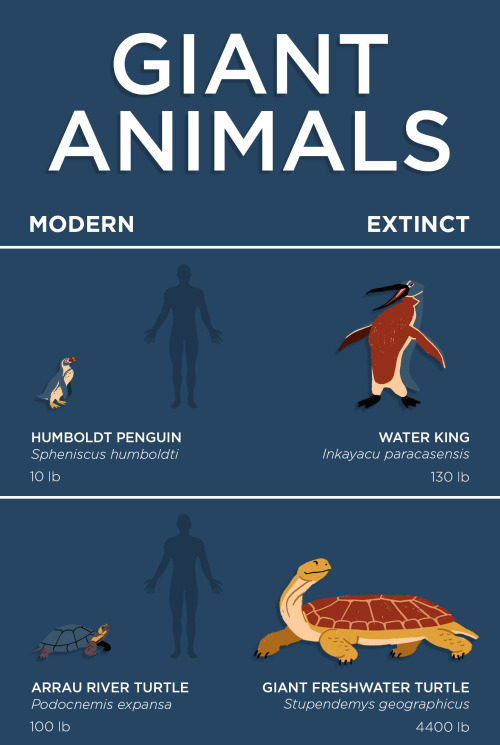
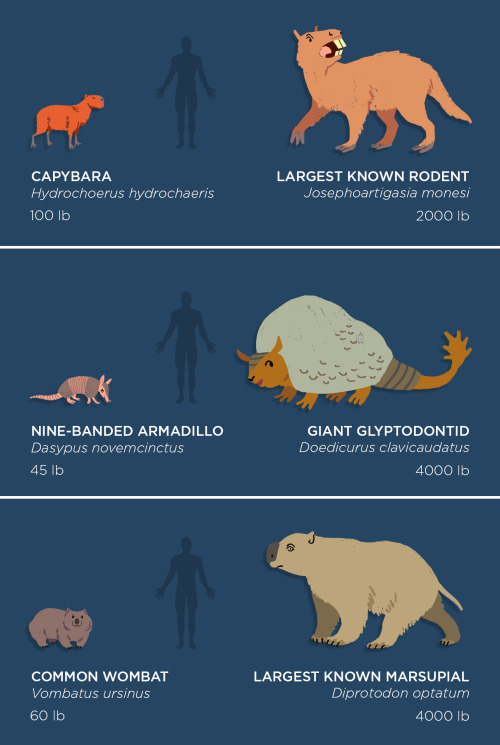
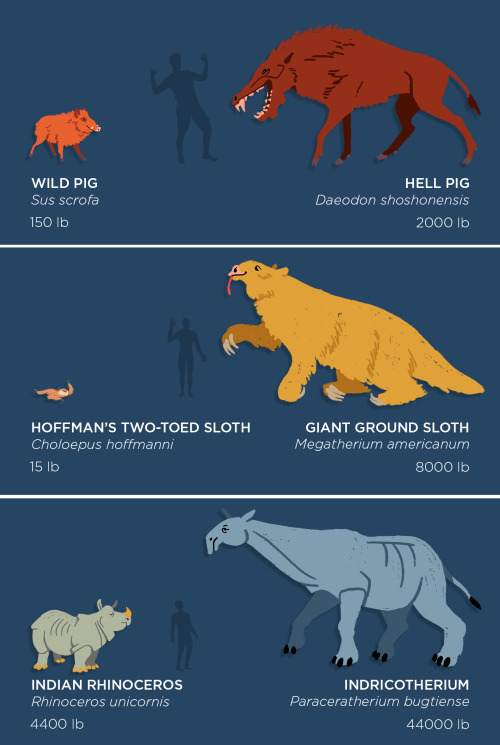
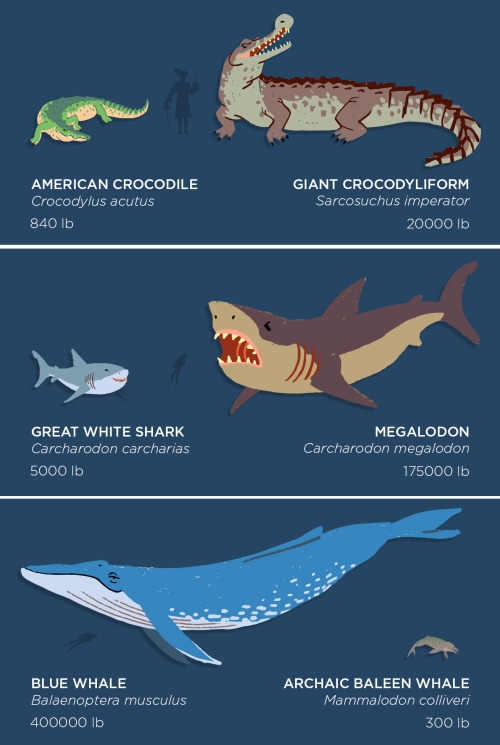
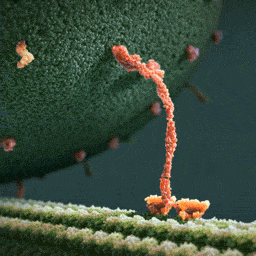
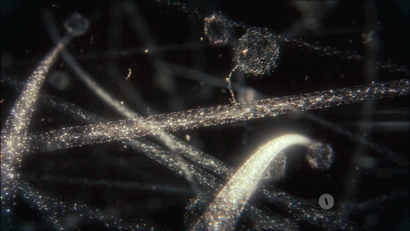
Your body is an incredibly bizarre machine.
“What you see is a myosin protein dragging an endorphin along a filament to the inner part of the brain’s parietal cortex which creates happiness. Happiness. You’re looking at happiness.”
Hues in a Crater Slope
by NASA’s Marshall Space Flight Center Impact craters expose the subsurface materials on the steep slopes of Mars. However, these slopes often experience rockfalls and debris avalanches that keep the surface clean of dust, revealing a variety of hues, like in this enhanced-color image from NASA’s Mars Reconnaissance Orbiter, representing different rock types. The bright reddish material at the top of the crater rim is from a coating of the Martian dust. The long streamers of material are from downslope movements. Also revealed in this slope are a variety of bedrock textures, with a mix of layered and jumbled deposits. This sample is typical of the Martian highlands, with lava flows and water-lain materials depositing layers, then broken up and jumbled by many impact events. This image was acquired by the High Resolution Imaging Science Experiment (HiRISE) camera on Feb. 28, 2011 at 15:24 local Mars time. It is a stereo pair with image ESP_021454_1550. The University of Arizona, Tucson, operates HiRISE, which was built by Ball Aerospace & Technologies Corp., Boulder, Colo. NASA’s Jet Propulsion Laboratory, a division of Caltech in Pasadena, California, manages the Mars Reconnaissance Orbiter Project for NASA’s Science Mission Directorate, Washington. Image Credit: NASA/JPL/University of Arizona Caption: Alfred McEwen NASA Media Usage Guidelines

Stepping on Lava
GIF made by Sixpenceee. Original video via YouTube.


After 40 years, scientists may have solved the mystery of the “Wow!” space signal
In August of 1977, a group of astronomers examining radio transmissions in Ohio received a mysterious signal from an unknown source.
Shocked by its incredible length — 72 seconds — one scientist scribbled “Wow!” next to the recording, inadvertently giving the unusual communication a nickname that would last decades.
Now, after 40 years of grappling with possible explanations for the Wow! signal — which even include the possibility of aliens — scientists at the Center for Planetary Science have finally solved the puzzle.
A comet unknown to researchers in the 1970s likely caused the signal, and researchers were able to test that theory in a recent fly-by. Read more (6/8/17)
follow @the-future-now
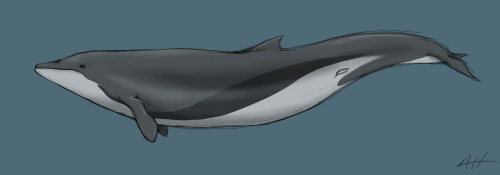
As a paleo-artist, one of my biggest pet peeves are prehistoric whales reconstructed not as whales but as sinewy, snarling, shrink-wrapped marine reptiles. It’s just not a plausible reconstruction, even if it’s highly speculative, and it paints an incorrect image in the public eye. Granted, this is a struggle I’ve exlpored in all forms of paleo-art and reconstructive illustration. But the whales have really been getting to me recently.
Here are some recontructions of Basilosaurus, if you don’t know what I mean (one by Karen Carr, the other by an artist I could not determine):


These snakey, reptilious reconstructions may stem from the fact that Basilosaurus, one of the first early cetaceans to be found, was believed to be a reptile when first discovered (hence the name). Maybe we simply haven’t fully shaken that mindset.
But still! Even the damn Smithsonian, which has such a wonderful collection of ancient cetaceans, is at fault in this:

Don’t even get me started on their recently-closed dinosaur hall. Thank the lord they’re finally renovating that dated piece of crap.
I have struggled to find a way to reconstruct these animals so that they are just a little bit more believeable. Up top I’ve done a really really quick sketch of Dorudon. I tried to not only make its body more streamlined and whale-like (because Dorudon has a lovely, almost but not quite modern-looking skeleton), but I also tried to give it markings similar to what we find on modern cetaceans for camouflage. Because hey, who’s to say they didn’t have ‘em? I tried to make them familiar but not directly copied from any modern species.
Aaaaand end rant.
-
 florione liked this · 1 year ago
florione liked this · 1 year ago -
 beautifulmorningstar reblogged this · 2 years ago
beautifulmorningstar reblogged this · 2 years ago -
 maiarindell liked this · 2 years ago
maiarindell liked this · 2 years ago -
 apple-pie-42 reblogged this · 2 years ago
apple-pie-42 reblogged this · 2 years ago -
 perfectlyfineadult reblogged this · 2 years ago
perfectlyfineadult reblogged this · 2 years ago -
 halfelfproblems liked this · 2 years ago
halfelfproblems liked this · 2 years ago -
 womens-priorities reblogged this · 2 years ago
womens-priorities reblogged this · 2 years ago -
 introvertedrock reblogged this · 2 years ago
introvertedrock reblogged this · 2 years ago -
 introvertedrock liked this · 2 years ago
introvertedrock liked this · 2 years ago -
 natotack liked this · 2 years ago
natotack liked this · 2 years ago -
 skinks liked this · 2 years ago
skinks liked this · 2 years ago -
 radacach liked this · 2 years ago
radacach liked this · 2 years ago -
 miiju86 liked this · 2 years ago
miiju86 liked this · 2 years ago -
 fuegodetierra liked this · 2 years ago
fuegodetierra liked this · 2 years ago -
 shriekinghag liked this · 2 years ago
shriekinghag liked this · 2 years ago -
 pollonh23 reblogged this · 2 years ago
pollonh23 reblogged this · 2 years ago -
 pollonh23 liked this · 2 years ago
pollonh23 liked this · 2 years ago -
 deoxyribonucleicass reblogged this · 2 years ago
deoxyribonucleicass reblogged this · 2 years ago -
 chocolate-covered-whiskey reblogged this · 2 years ago
chocolate-covered-whiskey reblogged this · 2 years ago -
 i-darkling liked this · 2 years ago
i-darkling liked this · 2 years ago -
 goodnewsforwomen reblogged this · 2 years ago
goodnewsforwomen reblogged this · 2 years ago -
 radical-fire-vixen reblogged this · 2 years ago
radical-fire-vixen reblogged this · 2 years ago -
 radical-fire-vixen liked this · 2 years ago
radical-fire-vixen liked this · 2 years ago -
 raspberryblows liked this · 2 years ago
raspberryblows liked this · 2 years ago -
 gushymushypushy liked this · 2 years ago
gushymushypushy liked this · 2 years ago -
 gayfangirlfromphilly liked this · 2 years ago
gayfangirlfromphilly liked this · 2 years ago -
 foxrotting liked this · 2 years ago
foxrotting liked this · 2 years ago -
 rad-octopus reblogged this · 2 years ago
rad-octopus reblogged this · 2 years ago -
 radioactiveartichoke liked this · 3 years ago
radioactiveartichoke liked this · 3 years ago -
 kalibrate reblogged this · 7 years ago
kalibrate reblogged this · 7 years ago -
 the-heavy-metal-astronomer reblogged this · 7 years ago
the-heavy-metal-astronomer reblogged this · 7 years ago -
 the-heavy-metal-astronomer liked this · 7 years ago
the-heavy-metal-astronomer liked this · 7 years ago -
 nuttystudybuddy reblogged this · 7 years ago
nuttystudybuddy reblogged this · 7 years ago -
 treblewinners liked this · 7 years ago
treblewinners liked this · 7 years ago -
 animerei liked this · 7 years ago
animerei liked this · 7 years ago -
 zahnuhlumi-blog liked this · 8 years ago
zahnuhlumi-blog liked this · 8 years ago
Stardate: 2258.42...or, uh, 4... Whatever. Life is weird, at least we've got science.
75 posts

